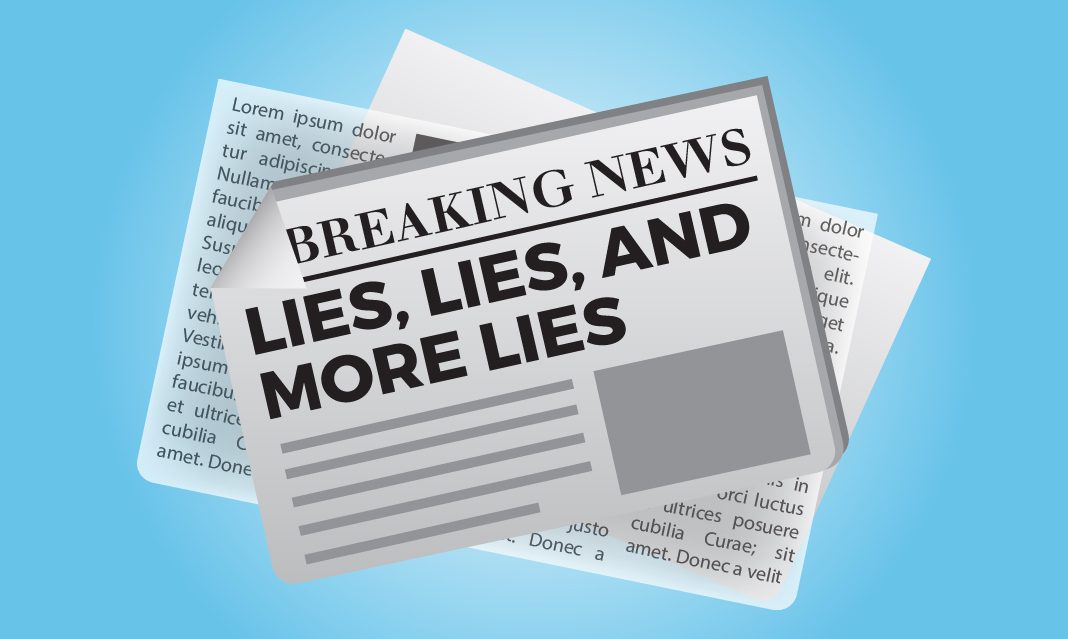Living in the age of smartphones certainly has its perks, as handheld devices enable users to access information from all around the world, all the time. Users can see that printed newspapers and television broadcasts, although once the dominant source for information, appear to be declining in popularity. Instead, online news stories are gaining traction, as they can be shared among the sea of cat videos, memes, and BuzzFeed quizzes that make up Facebook newsfeeds. The problem with the articles found on Facebook, and other social media sites, is that they aren’t always accurate. So how does one distinguish between real and fake news?
Last Monday, in an interactive seminar titled “Fake News,” Meaghan Valant, the assessment and liaison librarian at UTM, and Pam King, the digital initiatives and scholarly communications coordinator, provided students with an abundance of tools that can be used to tackle this dilemma.
“Fake news” has become a growing concern, as fictitious stories have been known to influence politics and sway voters. The results of the American election, for example, were likely affected by these news stories, such as one article that suggested the Pope endorsed Donald Trump. Although this may seem ridiculous to some, over 960,000 social media users had shared the article, and many may have believed in its validity. This concept, although gaining increased attention as of late, is certainly not a new phenomenon, as journalists have been dealing with “fake news” for years.
Although knowing the different types of “fake news” can be helpful, the real difficulty comes when trying to distinguish fact from fiction. Sometimes, establishing the credibility of a source can be challenging, which is why the library has provided students with a simple test that can be used to facilitate their evaluation.
The “CRAAP Test” allows students to assess the Currency, Relevance, Authority, Accuracy, and Purpose of any given source. Establishing the currency of a source is very important, as certain newspapers have been known to republish old articles and disguise them as contemporary news. This becomes important when questioning the relevance of a source, as publication dates can be used to determine whether the information is suitable for your needs. Oftentimes, relevance can also be established by looking toward the authority of the source, as confirming the author’s credibility and qualifications can act as a good predictor of the legitimacy of the information.
However, even the largest news outlets make mistakes, and so you must also consider the accuracy of the information and the purpose of its publication, taking note of any political undertones or ulterior motives behind its release.
To learn more about how to evaluate sources, or get a second opinion on the validity of a source, the library offers in-person support at the reference desk. Additionally, the library offers online support through their website, as well as additional information about fact-checking resources and the CRAAP test.



